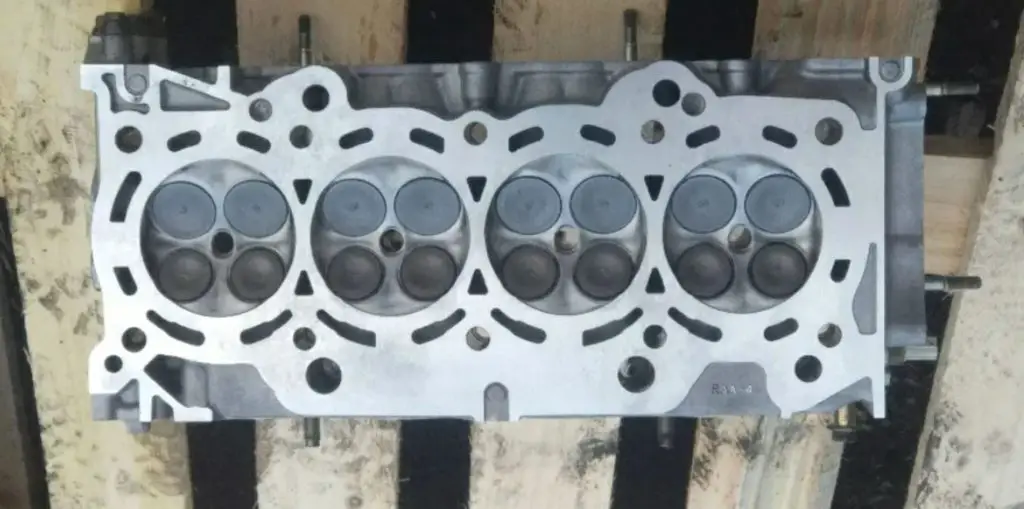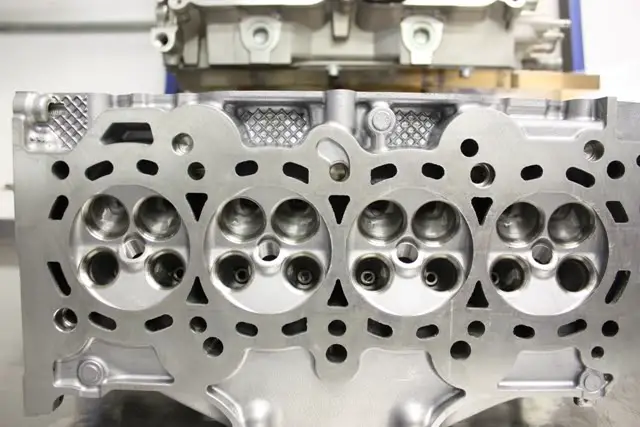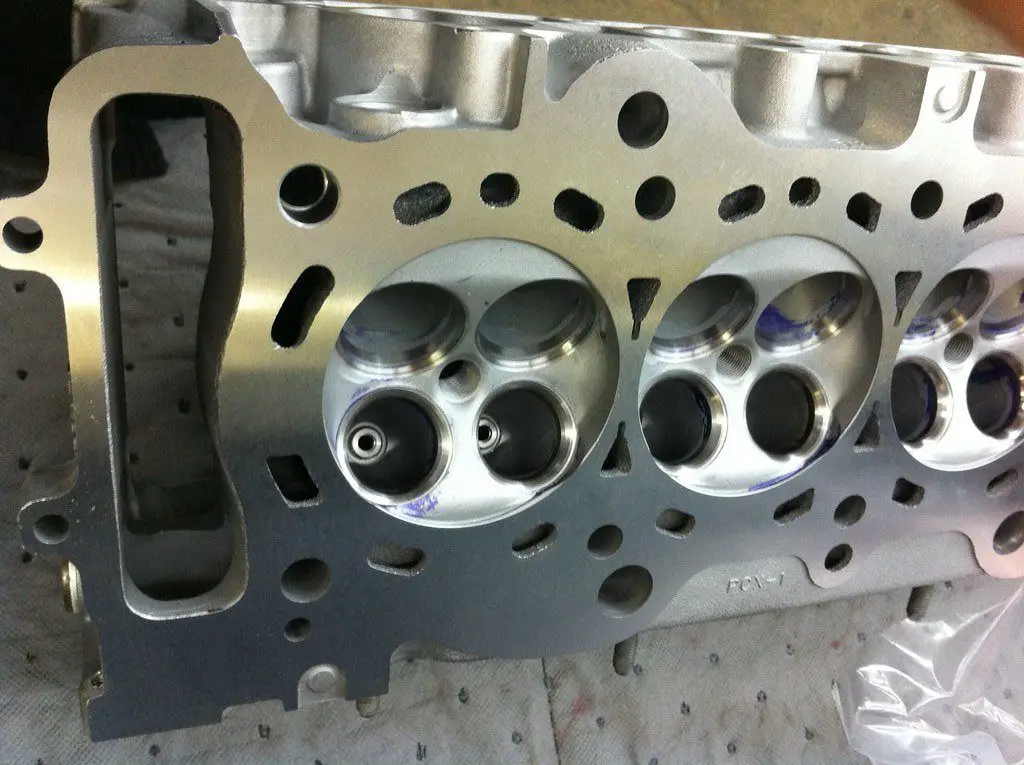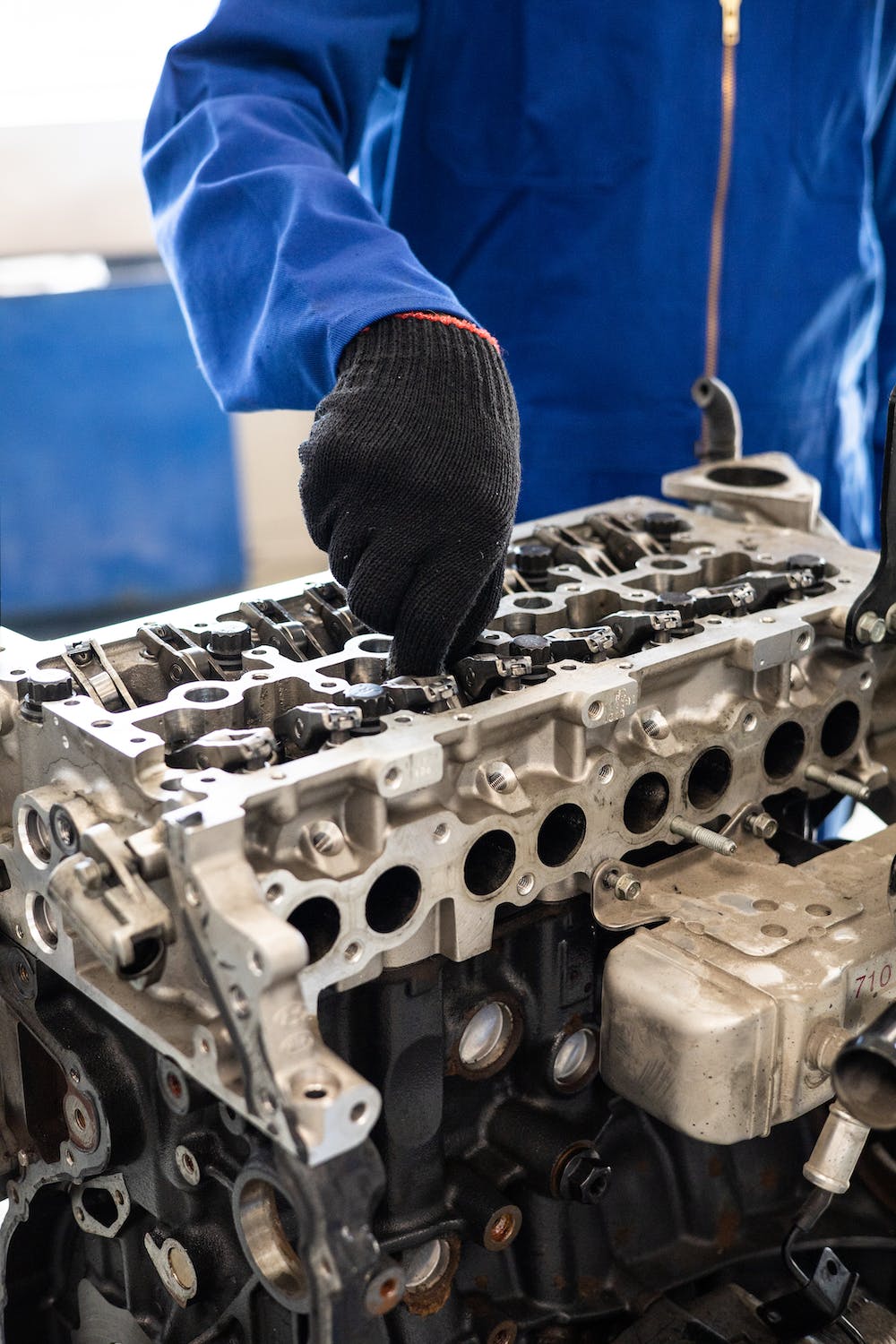What Are Machined Heads And What It Involves
You may often hear mention of machined heads and feel a little unsure about what that actually means. Don’t worry, you’re not alone. It is an uncommon modification on cars and not something that your mechanic is likely to discuss with you unless you specifically ask for them to be serviced. So, what are heads, what does it mean to machine them and what are the benefits of that, and what does getting machined heads actually involve? This comprehensive article covers all of that and more.
What Are Heads?
Heads are a quite small, but vital, component of any combustion engine. Not just cars. Though, that’s why we are here today so we will stick to that. Heads are essentially filtering and controlling the airflow and fuel deployment in the cylinders of your engine. By ensuring the right mix of air and fuel the head can ensure that you get a nice even burn and maximize fuel usage by getting as much bang for your buck as possible.
An even burn is vitally important in a gas engine as otherwise you can waste spark plugs, destroy your catalytic converter (costly) and create hard and dense carbon deposits around your engine. This is less important in a diesel engine but still important to some extent.

Some people elect to replace their heads when they purchase a new car. Most cars come with a standard valve with one intake and one outtake to control the airflow. What people who are looking to maximize their performance will do is replace this one-in-one-out head with a four-valve head that will effectively double the airflow in and out of the engine.
More airflow means a better burn. As we all remember from science class, fire needs oxygen as fuel to burn efficiently. This is not only going to potentially improve the MPG of the vehicle but also increase performance. It’s not vital by any means, but some people choose to do it.
What Are Machined Heads?
As we have just established, the heads on the cylinders control the flow of air in and out of the cylinder and thus control the burn rate and burn pattern inside. Simple. However, the heads are not always designed to maximize efficiency to the Nth degree.
The manufacturers often are going for easy-to-produce and strong heads, even if it sacrifices some efficiency and performance. By using machined heads you can reduce any small build-ups of carbon or rough edges that may impact airflow.

You can think of it in much the same way as when you might sandpaper a surface down until it becomes nice and smooth again. This time, you are sanding/machining down the head to ensure that it is as smooth as possible and offers as little air resistance as possible. It may sound like a whole lot of hassle for something so minuscule but it makes a big impact. We will cover the benefits of a well-machined head later on in the article.
How Do You Machine A Head?
Most people use a power mill, sometimes called a “resurfacer”, to achieve a machined head. Others use what is almost like an abrasive electric drill that sands down the surfaces of the head. The benefit of machining a head like this is you have more control over the process and can slowly increase the grit/grain of the sandpaper.
The surface of the “drill” spins around at a very high speed which when held in place smooths any bumps or blemishes on the surface of the head that may impact airflow. There is not usually a special tool to check the “smoothness” of the machined head, you can tell pretty easily with the eye test or by running your finger around the surface of the head. The difference before and after will be quite noticeable.
How Do You Service Heads?
Servicing heads is something that you can do yourself, or if you aren’t feeling confident speak to a mechanic about it. Head gaskets should be removed and set aside. Then, heads should be removed and soaked in warm (not hot) water that will soften and loosen any buildup on them. If you do not need re-machined heads and are simply cleaning them you can stick to a toothbrush or a rag to get rid of any remaining buildup. Be gentle as you do not want to scratch the surfaces in the head.
After you have removed all of the grit, grime, and other good stuff you can take out the heads and rinse them with fresh warm water to remove any remaining residue. You can leave your heads to dry if you wish but it’s faster to just take a clean towel or rag and wipe out as much water as you can before moving on to the next step. After this, compressed air is your ally and will enable you to remove any water drops left that you could not otherwise reach. You want your heads to be bone dry before you reattach them.
Now is the time to add new gaskets (if needs be) to your freshly machined heads and begin the re-assembly and reinstallation process. The finicky nature and tedium of putting everything back together are why most people tend to take their car in to see a mechanic so they can do this for them. You don’t have to, but, it saves a lot of time and it isn’t generally that expensive as it’s almost all labor costs, not parts. You could expect to pay about $60-$150 for this depending on the cost of the mechanic.
What Is Magnafluxing On Iron Heads?
Iron heads are likely to crack (as are any heads with enough wear and tear) but these cracks are not always super easy to identify. Therefore, when you take your car in for a service, they need to be able to check for cracks and dents in the iron head (especially machined heads as they are often more “fragile”) before they start to become real problems. It is important to remember that you would not possibly be able to see these tiny cracks without some kind of high-powered magnifying glass. And even then, it would be very difficult.

So instead, they use something called magnafluxing where they use brightly colored florescent magnetized iron oxide particles and a strong magnet to attract these particles into cracks and dents. Therefore, making them far easier to detect. The brightly colored particles get stuck in the cracks and dents even when the magnetic force is moved away giving the mechanic a good idea about whether or not you have, or will have, a serious issue on your hands.
What Is A Chemical Check On Heads?
Just as iron heads are prone to cracking so are all other heads. However, if they are not made of iron, they are therefore unsuitable for magnafluxing tests. However, there is another test that you can perform using a chemical called penetrant. Penetrant is (usually) bright pink or red and comes in a little spray can, similar to a compressed air canister. These penetrant stains (temporarily) the surfaces of the head and gets stuck in even the smallest cracks and bumps giving you a clear idea of where the problems lie.
When performing a chemical check at home (which is quite easy and relatively cheap) it is important to wipe the head clean first and even degrease them before you apply the penetrant. Freshly machined heads may need a wipe-down to remove any metal shavings but otherwise should be fine without the degreaser. As a note penetrant must be cleaned off after a few minutes to avoid damaging the head. Many penetrant cleaning kits come with one bottle for cleaning, one for the penetrant, and one for cleaning afterward (known as a developer sometimes).
What Are The Benefits Of Having Machined Heads?
The benefits of having machined heads all have to do with the performance of your car. Whether that be performing more efficiently with its fuel consumption or in the sense of getting more speed and power out of your engine. Some people claim that having machined heads increases fuel efficiency by a couple of percent. Which, perhaps is true. But with a car getting 40mpg a 3 percent increase would be 41mpg which is an almost negligible amount. The amount you would save on fuel weighed against the cost of machining and cleaning your heads is just irrelevant.
However, there is evidence that well-machined and maintained heads can increase the break horsepower of a car by as much as 10-50 bhp. Is this likely with every car? No. But, there is evidence that it makes a difference and if you are trying to squeeze every ounce of power out of your vehicle then having machined heads is something you should absolutely consider.
Final Thoughts on Machined Heads
Hopefully, you now have a much better idea about what machined heads are as well as the benefits they provide. Remember, machined heads can offer quite a noticeable increase in power and even slightly improve fuel consumption. Machining them down, as well as cleaning them, is something that can be done at home but is far better left in the hands of a seasoned professional. It is up to you whether or not machined heads are something you would be interested in. Whatever you decide to do, hopefully, this article has made the choice a little easier for you.





